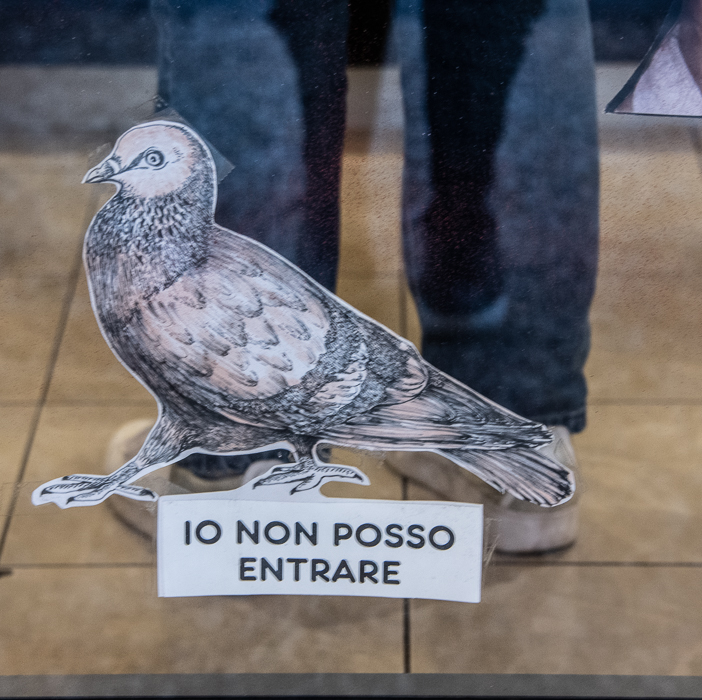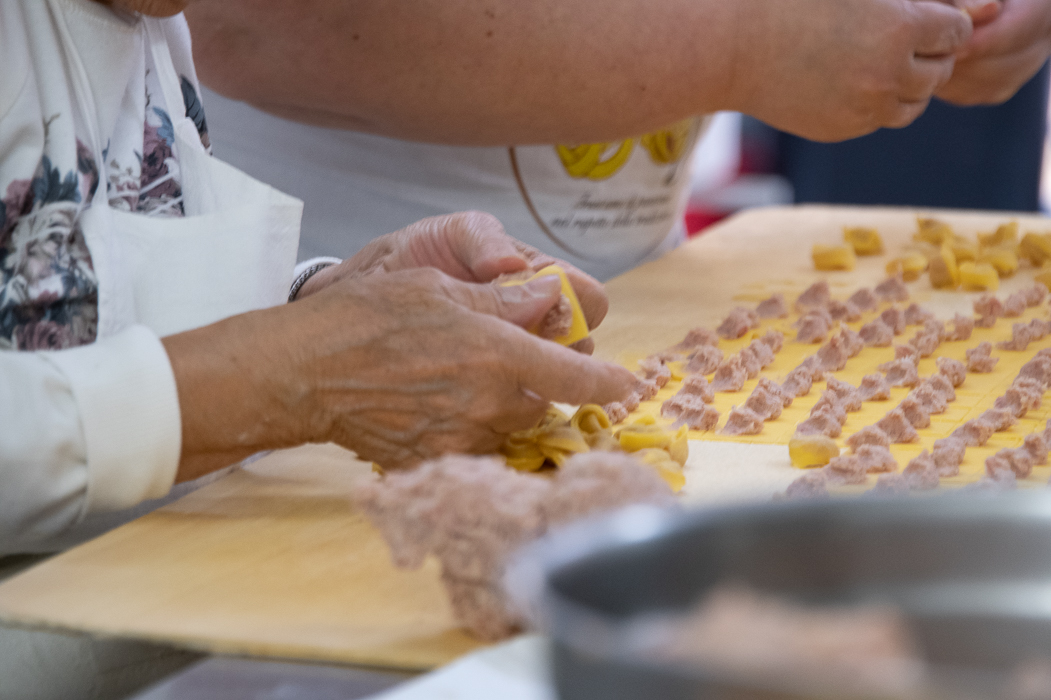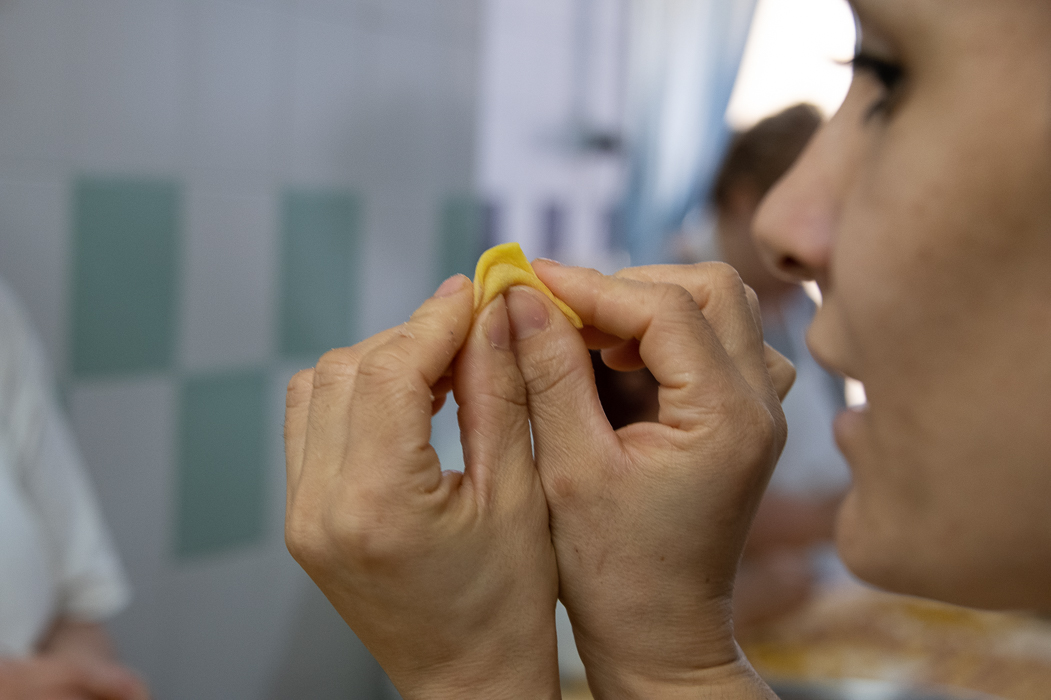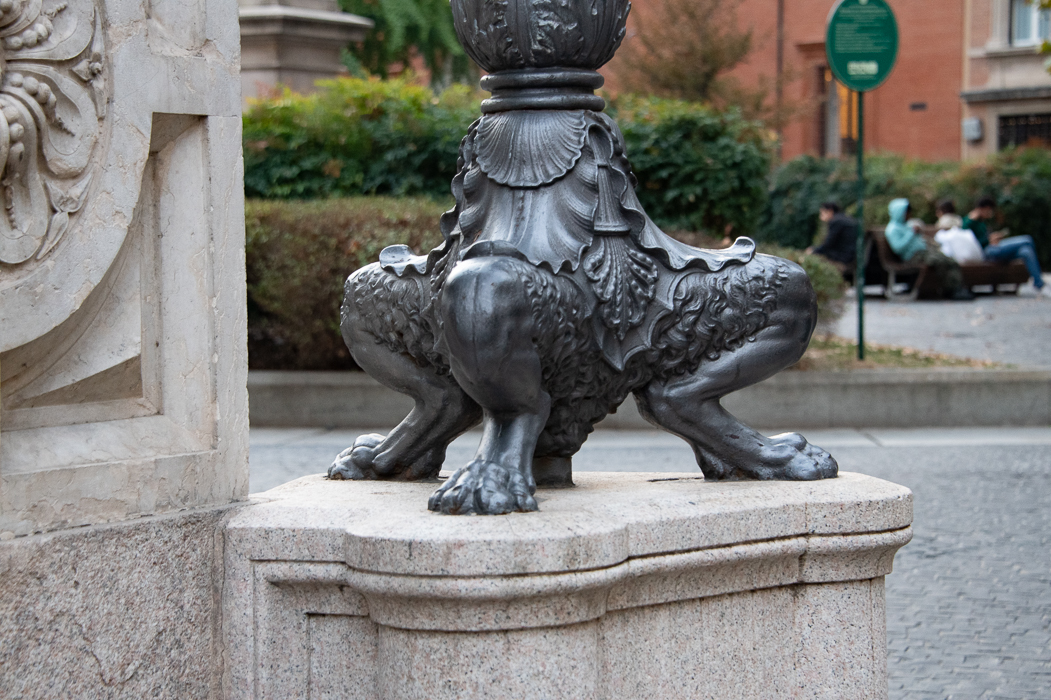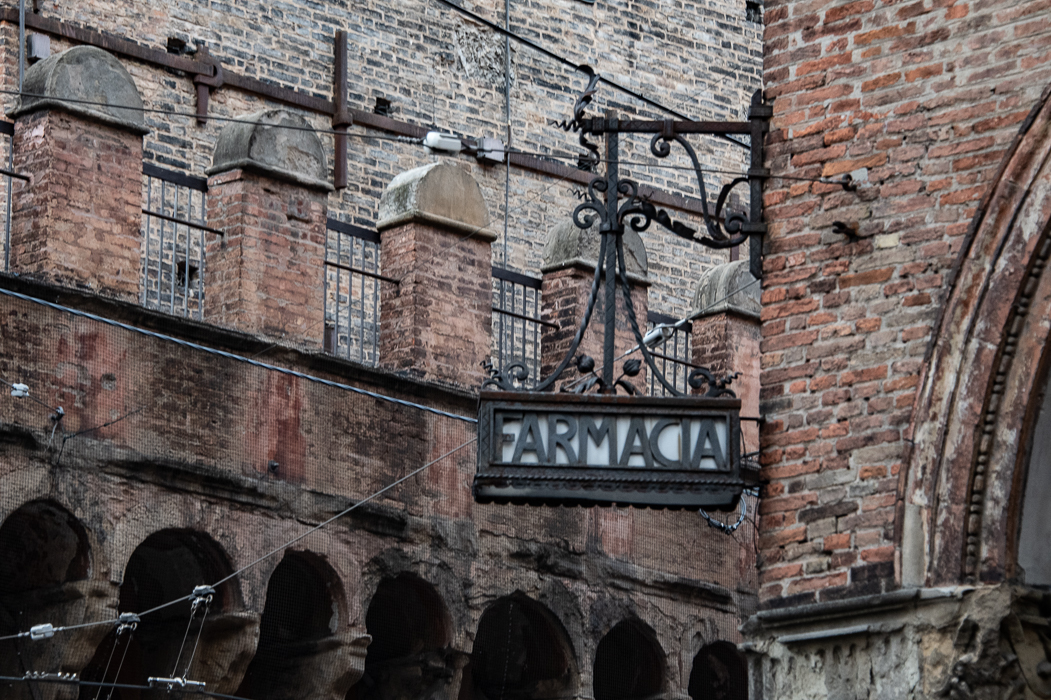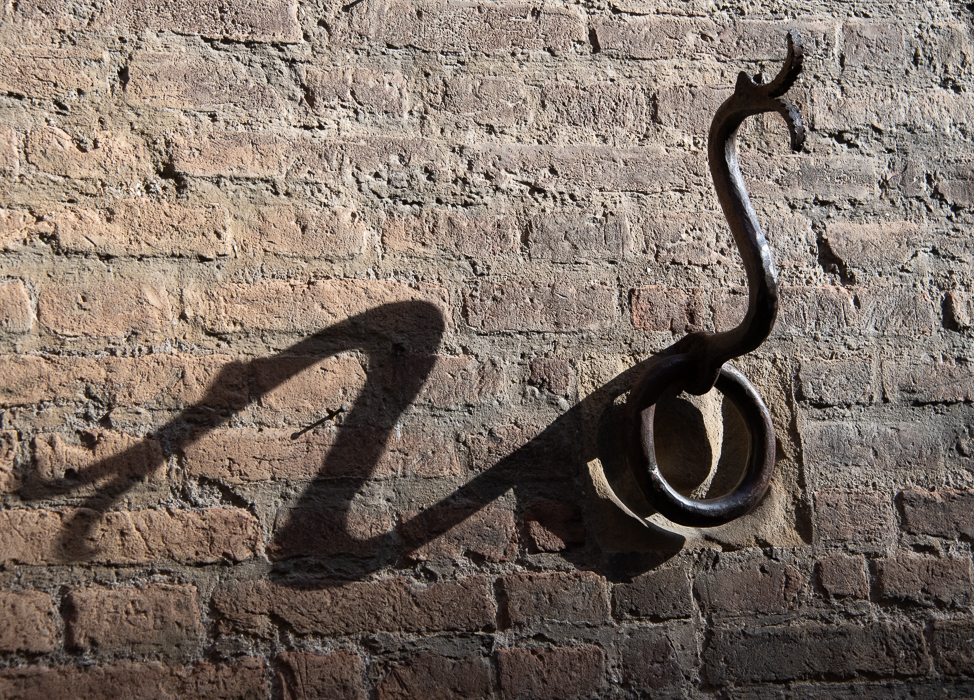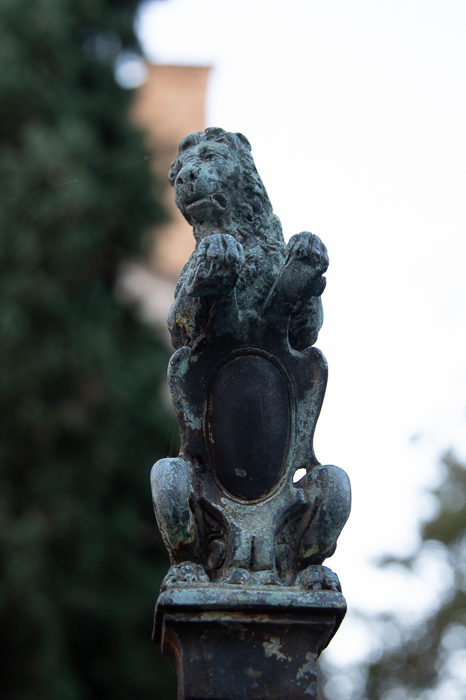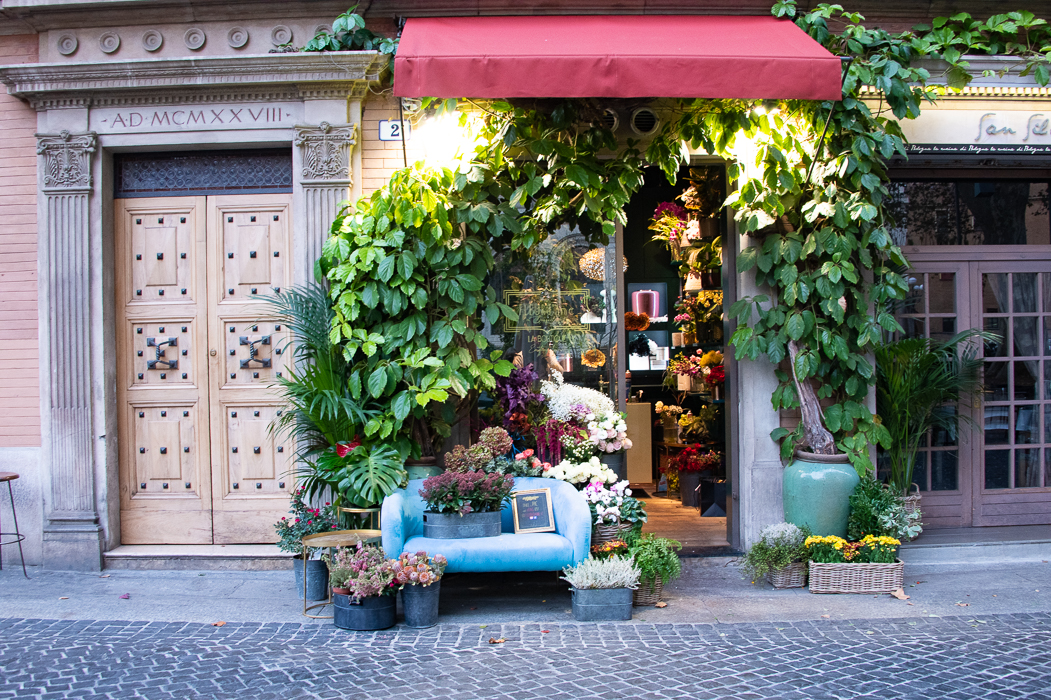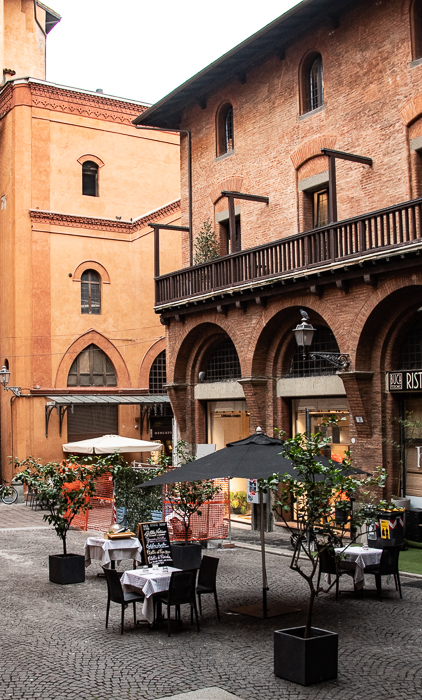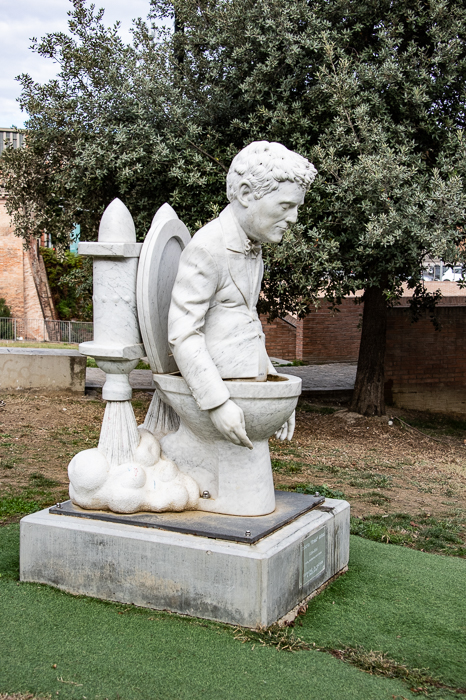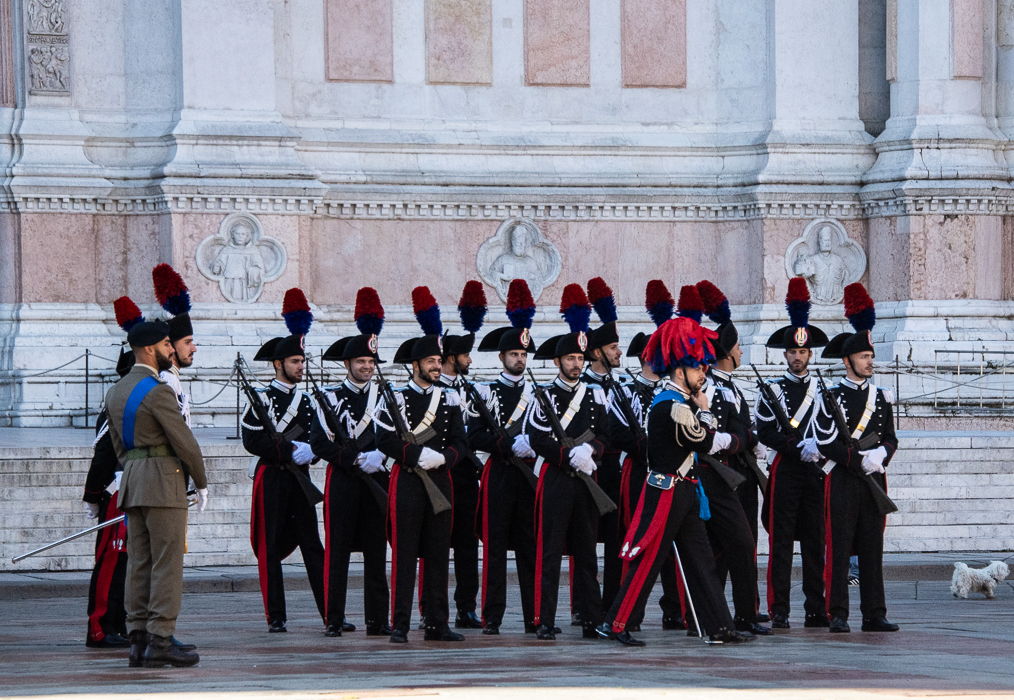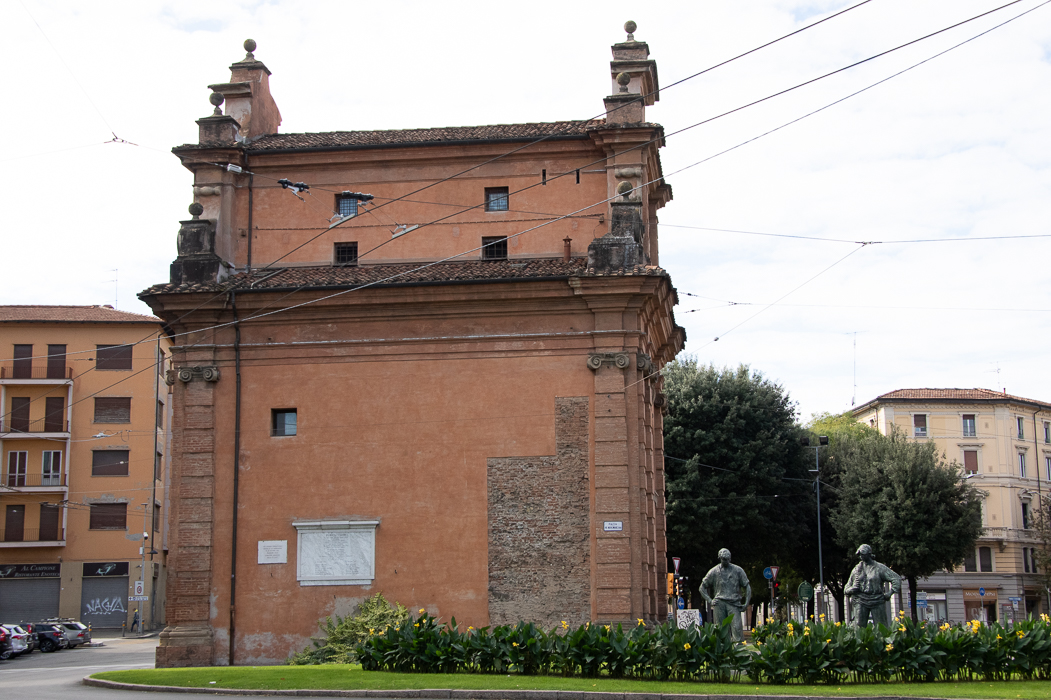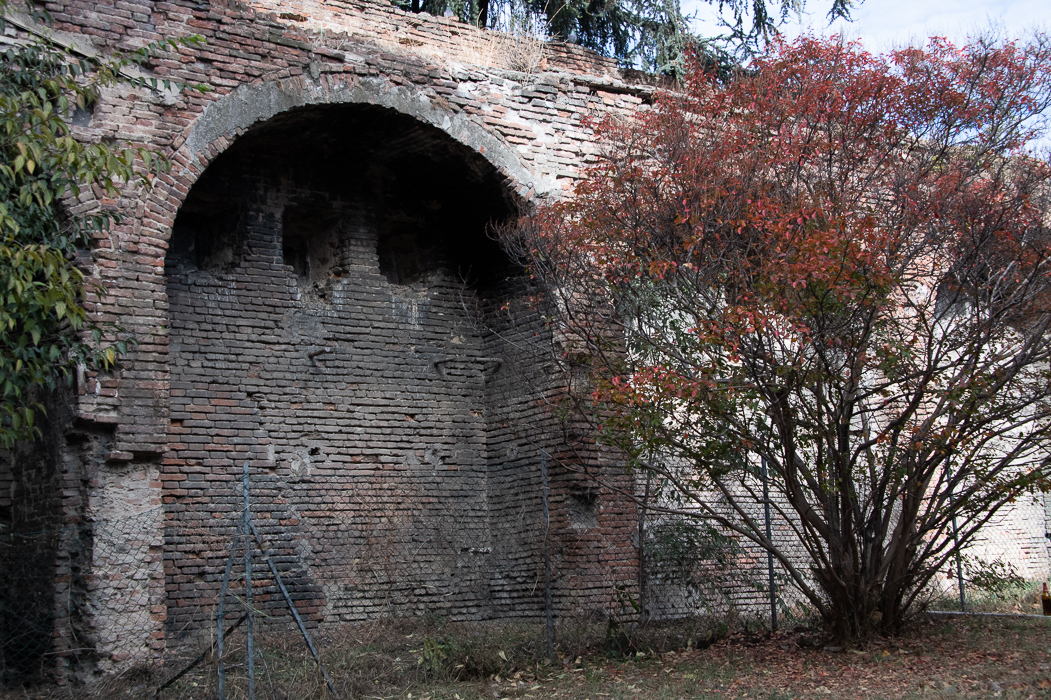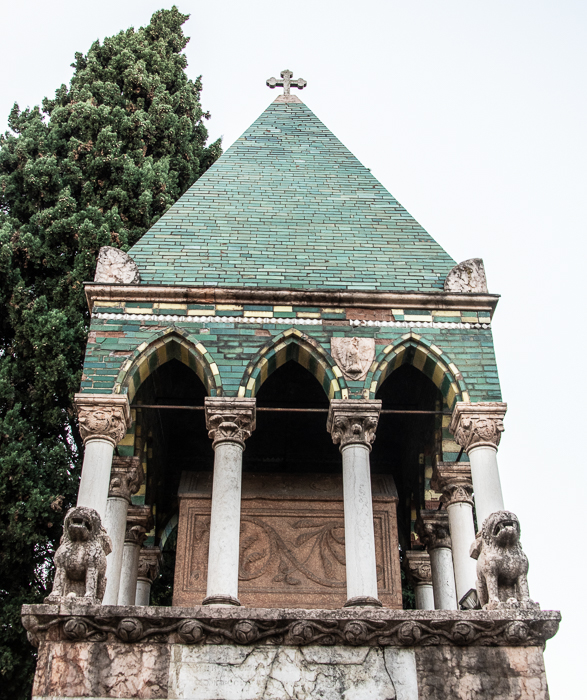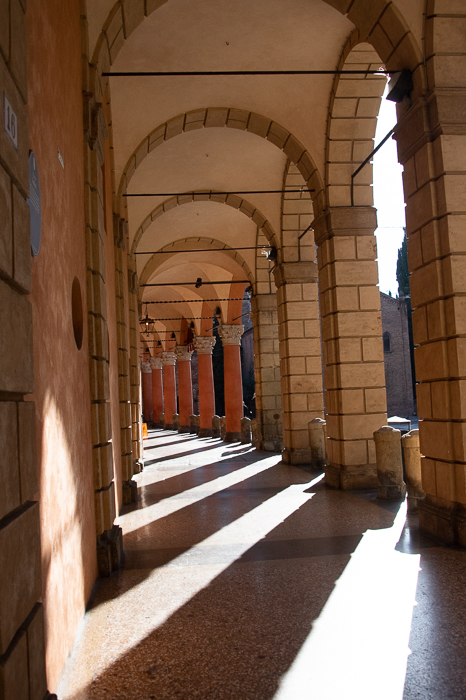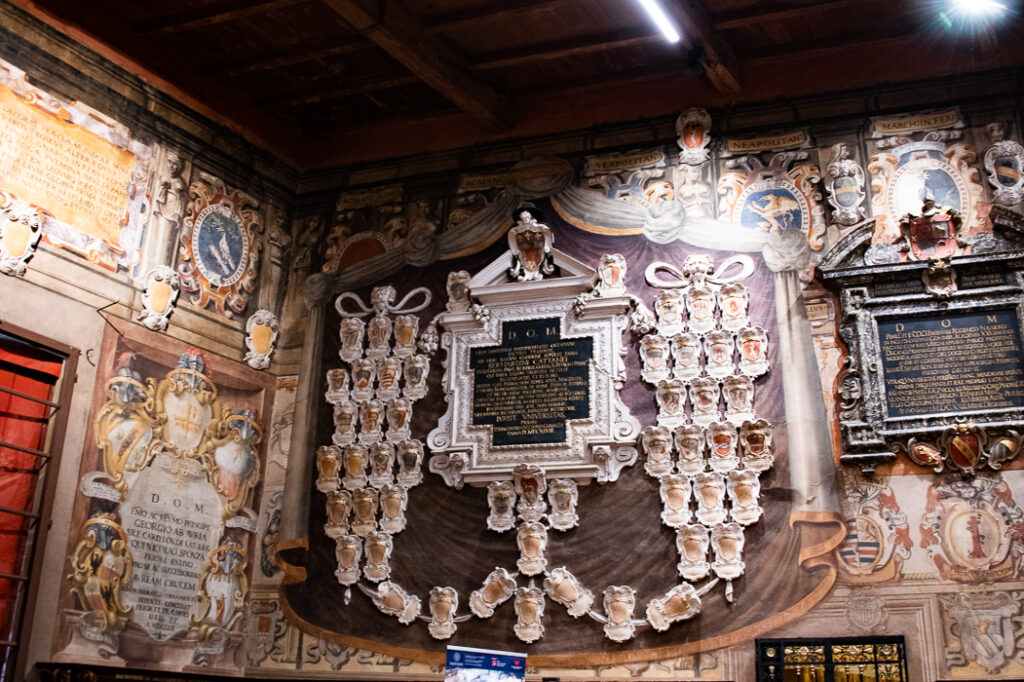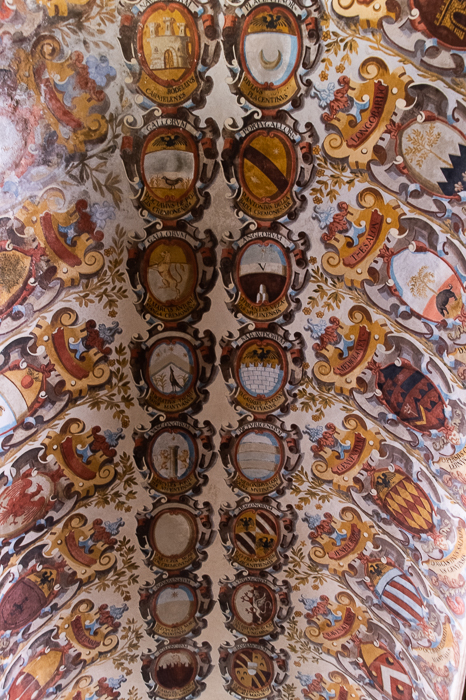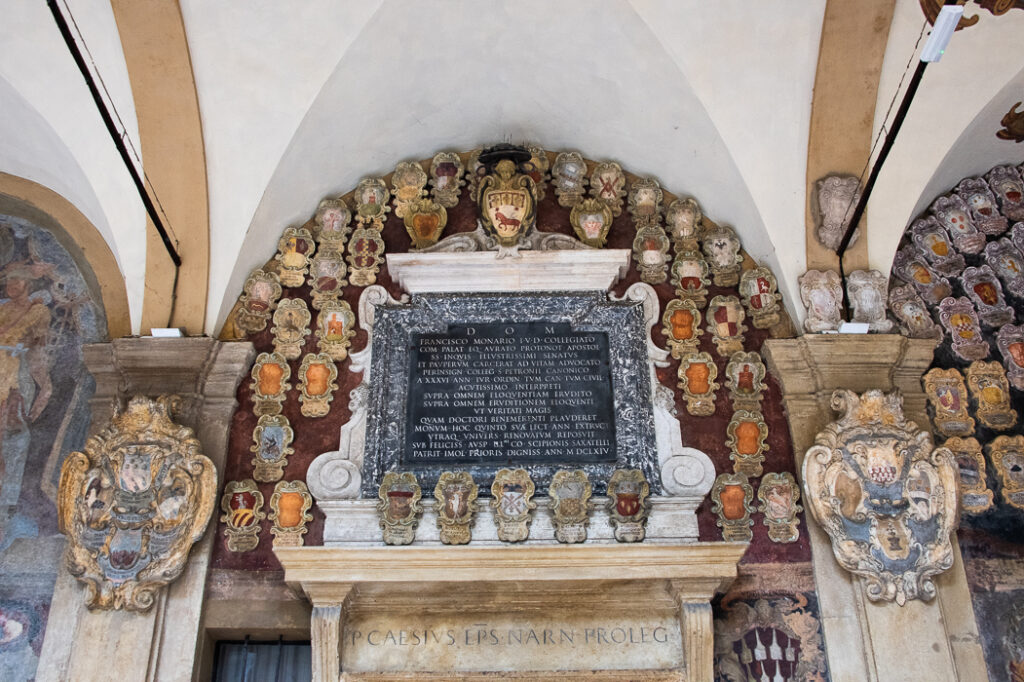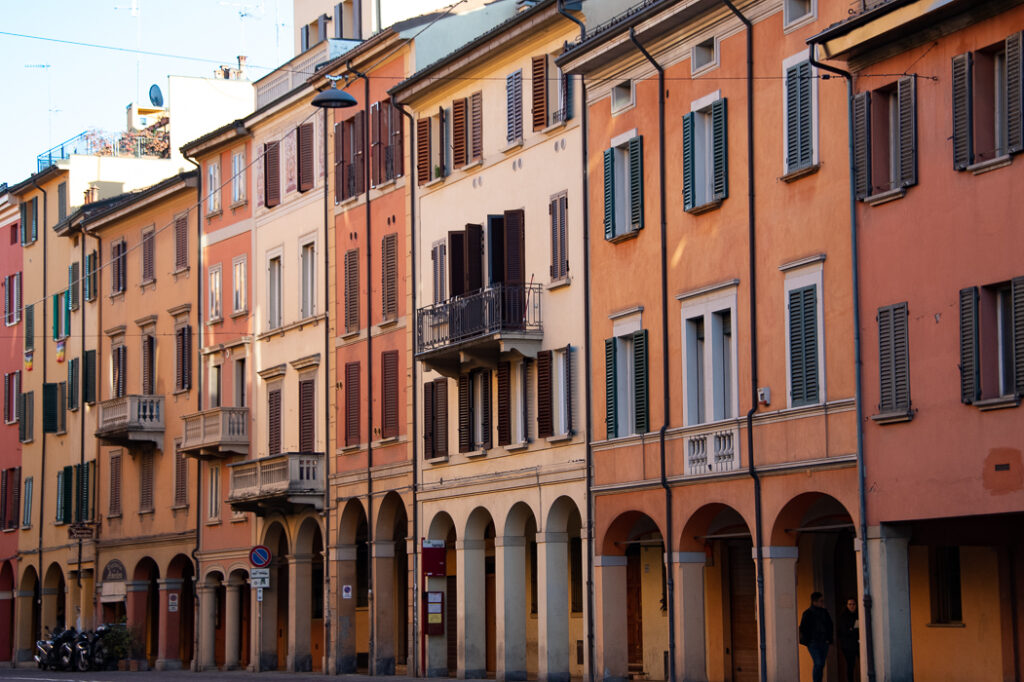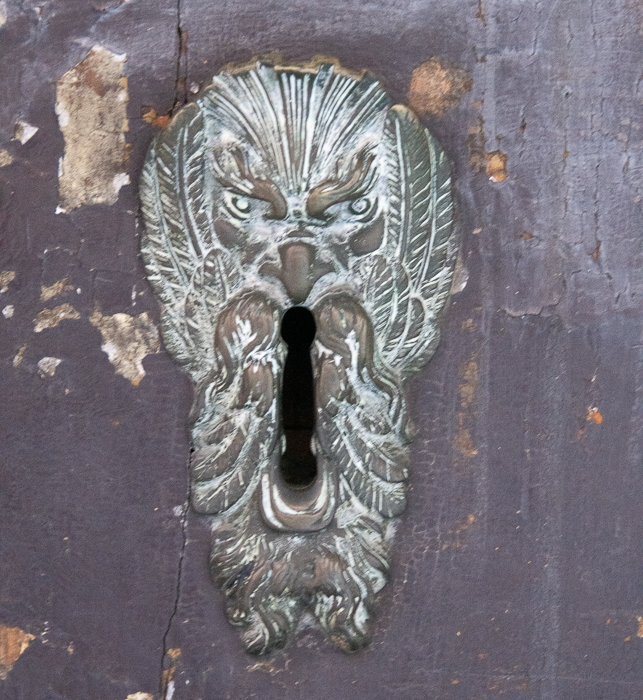November 6, 2022
I went through Bologna in May of this year at a pace that would defy the speed of light. This trip, 4 full days, was spent seeing the city at any pace I wanted, drinking glasses of Pignoletto, and watching the world go by.
No matter the slow pace, one eventually sees things worth sharing and that is what this post is about.
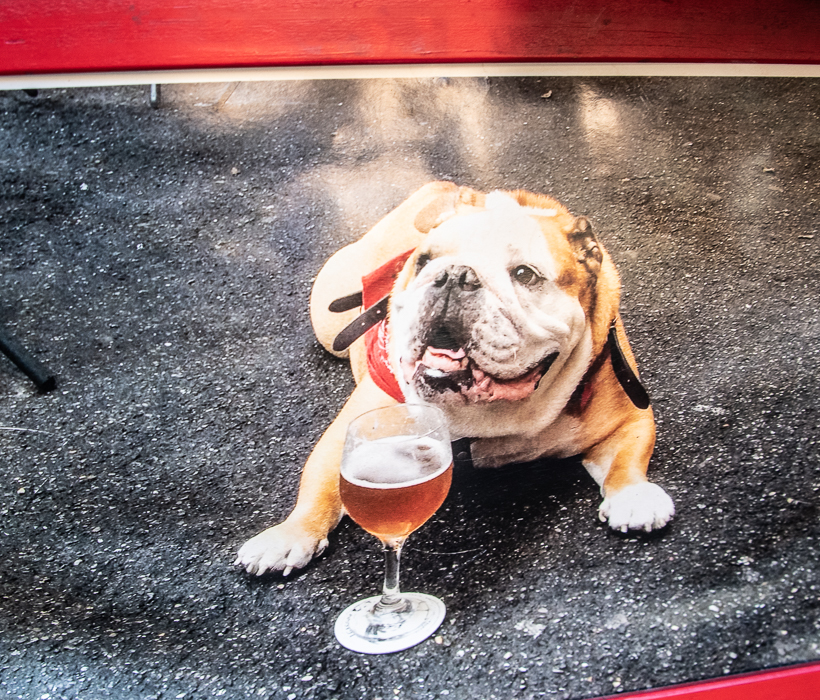
This was a framed photo near a water bowl outside a bar. I assume the dog was a beloved pet of the owner or a neighbor, but as someone who adores English Bulldogs, I couldn’t resist taking a snapshot.

Why don’t more museums have these signs?
*
*
Roberto Freak Antoni, (1954-2014) was an actor, known for Jack Frusciante Has Left the Band (1996), Skiantos Videonovela (1990), and Paz! (2002). He is immortalized in a park behind Bologna’s Modern Art Museum in a statue of Carrera marble. I think understanding this is a lot like…you had to have been there.
November 4th is National Unity and Armed Forces Day. It has been celebrated across Italy since 1919. The day commemorates the victory in World War I, an event considered essential to the unification of Italy.
Porta Lame is part of the former outer medieval walls located at the end of Via Lame, where it meets via Zanardi. Originally, a gate, built in the medieval walls in 1334, it had two drawbridges, one for carriages, and the other for pedestrians. The gate was rebuilt in 1677 in a Baroque style by the architect Agostino Barelli. The most recent restoration was from 2007–2009. At the side of the gate are two bronze statues depicting partisans who fought at this site on November 7, 1944.
There are some interesting tombs outside of the church of San Francesco in Piazza Malpighi. They are associated with the University of Bologna and the rule of law. By 1158, Bologna law school was so well regarded that Emperor Frederick Barbarossa consulted jurists known as “The Four Doctors of Bologna” on the imperial rights included in Roman law. As Bologna’s University grew so did the importance and wealth of the law professors, leading to the building of these public memorials.
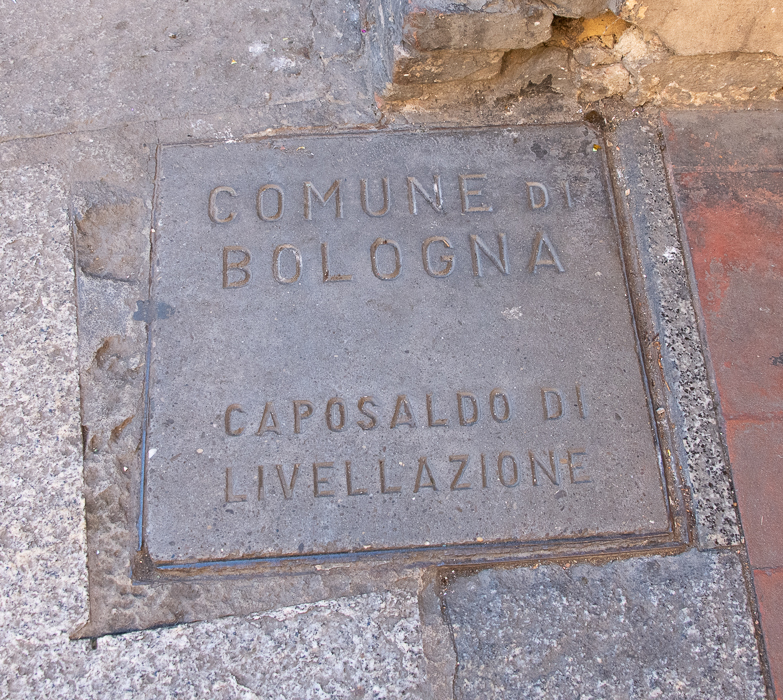
To the best of my knowledge, this is a reference point for topographical survey operations of which the altitude above sea level is known. They are of military origin.
I had visited the Archiginnasio of Bologna on my last trip, but it is worth returning over and over again. Considered one of the most important buildings in the city of Bologna, it was once the main building of the University. It currently houses the Archiginnasio Municipal Library and the Anatomical Theatre. The Anatomical Theater is a feast for the eyes in woodworking, and my favorite carving is the centerpiece.
The seated female figure is an allegory of Anatomy. She is receiving a femur from a winged putto as a tribute, rather than a flower. She is above two statues called “Spellati” (“Skinned men”), sculpted in 1734 by Ercole Lelli.
Wander through enough palaces and museums in Bologna and you will begin to see the Bolognese once had a fetish for heraldic symbols. The Archiginnasio has the largest existing heraldic wall complex with around 6000. The coats of arms were meant to strengthen the idea of authority and power of the institution. In the University the heraldic decoration also helped emphasize the history and the prestige of the academic tradition, with inscriptions of “intellectual and moral uplifting”.
Bologna will always require a return visit, long or short, it is a small, but intriguing town with so many hidden treasures.
Worth Remembering:
Hotel: Art Hotel Commercianti – perfect location!

